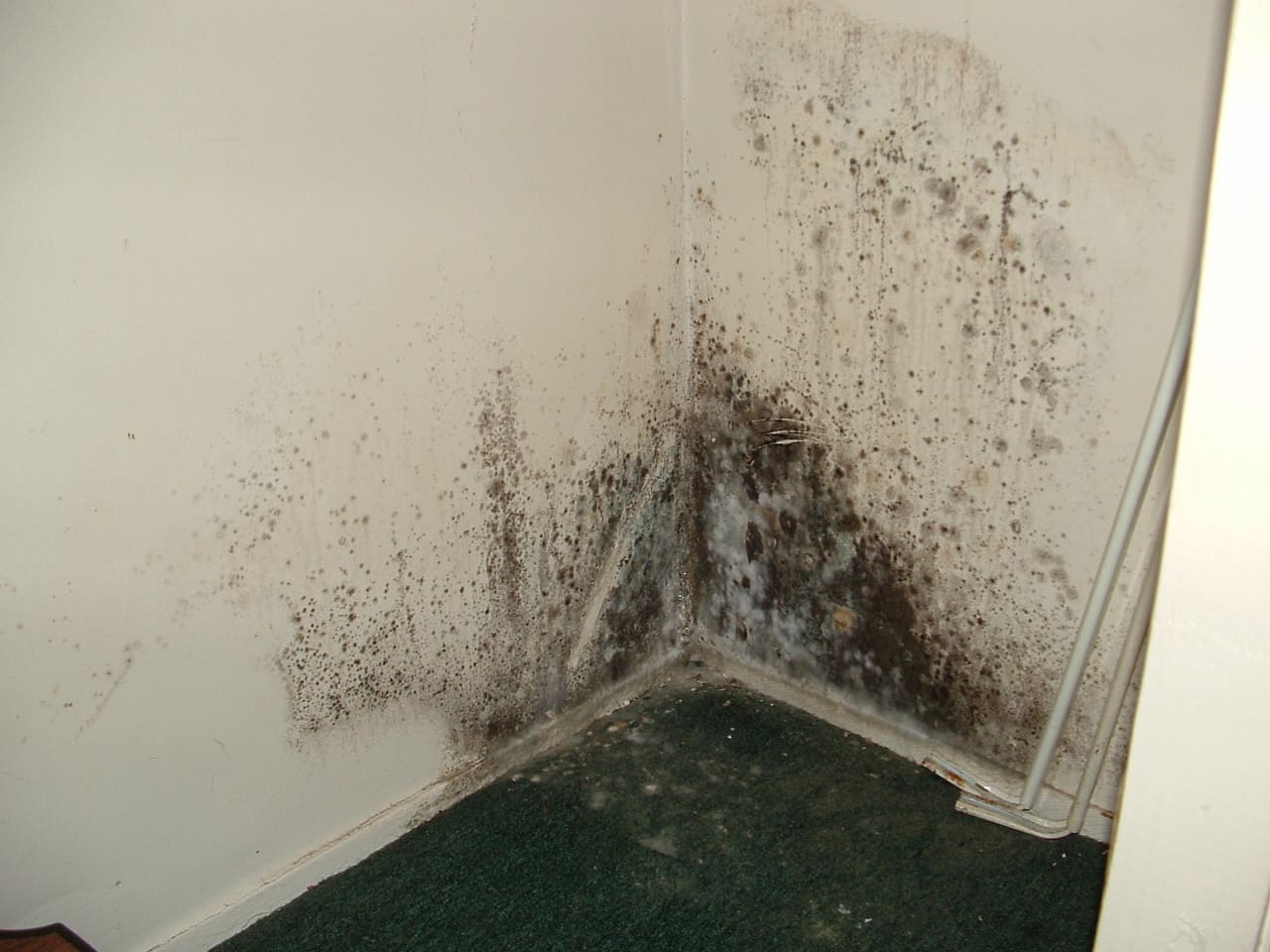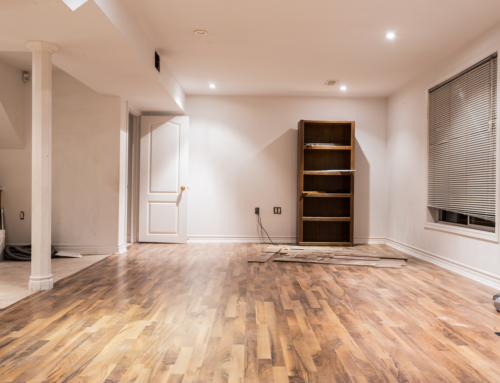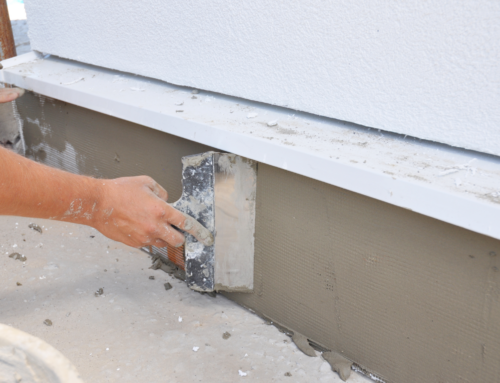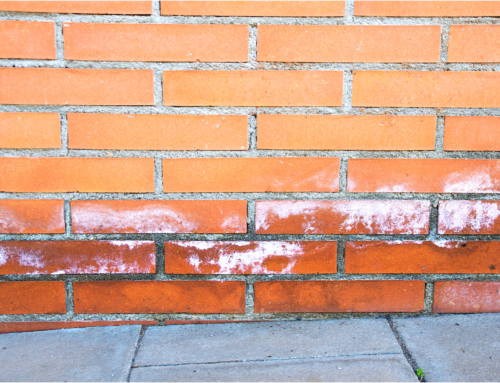One of the greatest threats to a healthy home is mold and, it is important to know how to identify the different types of mold so that the appropriate eradication measures can be taken for each particular strain. The most common household molds include Aspergillus, Cladosporium and Stachybotrys otherwise known as black mold.
This can often be found on the base of toilets and has a pepper like appearance but it can look greenish as well. It grows on painted surfaces, fiberglass, and in air ducts. Even though it is classified as nontoxic, it can trigger allergic reactions and cause respiratory complications for some people. Stachybotrys can also cause red watery eyes, a sore throat and even rashes. Usually the color of the mold helps to identify it; however, there are many different types and they come in a multitude of sizes, shapes and, colors.
The mold that is readily visible is easy to find and get rid of; it is the mold you do not see that poses the bigger problem. Mold likes to hide in the damp unseen places like under carpet and behind drywall that has gotten wet. That is when your nose becomes the best way to locate the problem. When that rank musky smell is present, you can bet mold is the reason behind it.
Another type of mold found in the home that grows in places like, under leaky sinks, pipes and on the tiles in the shower is called Alternaria. This strain spreads quickly from one area to another and can cause asthma attacks, fortunately, it is easy to identify and any good disinfectant will kill it. The mold that appears red or orange in color is typical found outdoors and grows on damp wood or decaying plants. It is slimy looking but harmless except for its damaging visual effect to a homes aesthetic value.
One very damaging strain of mold to a home is Serpula Lacrymans. This mold is yellow and is also known as dry rot because, it literally feeds on wood and causes its decay, it is common in older wooden structures. Penicillium is another mold associated with water damage or high humidity that can grow on carpet, wallpaper, or furnishings like a mattress and, are bluish or greenish in color and, are known to cause chronic sinus infections.
There are in fact over 100 types of mold that can grow in a home and most need a warm humid environment to thrive; however, there are some exceptions such as Fusarium, which can grow even in cold temperatures. Cladosporium mold can also grow in lower temperatures but it does need moisture and can be found on fabrics or wood such as inside cabinets. These are just a few examples of the most common molds found in the home and with a little research, anyone can learn to identify the different types of mold and how to get rid of it and live in a healthier home.







Leave A Comment